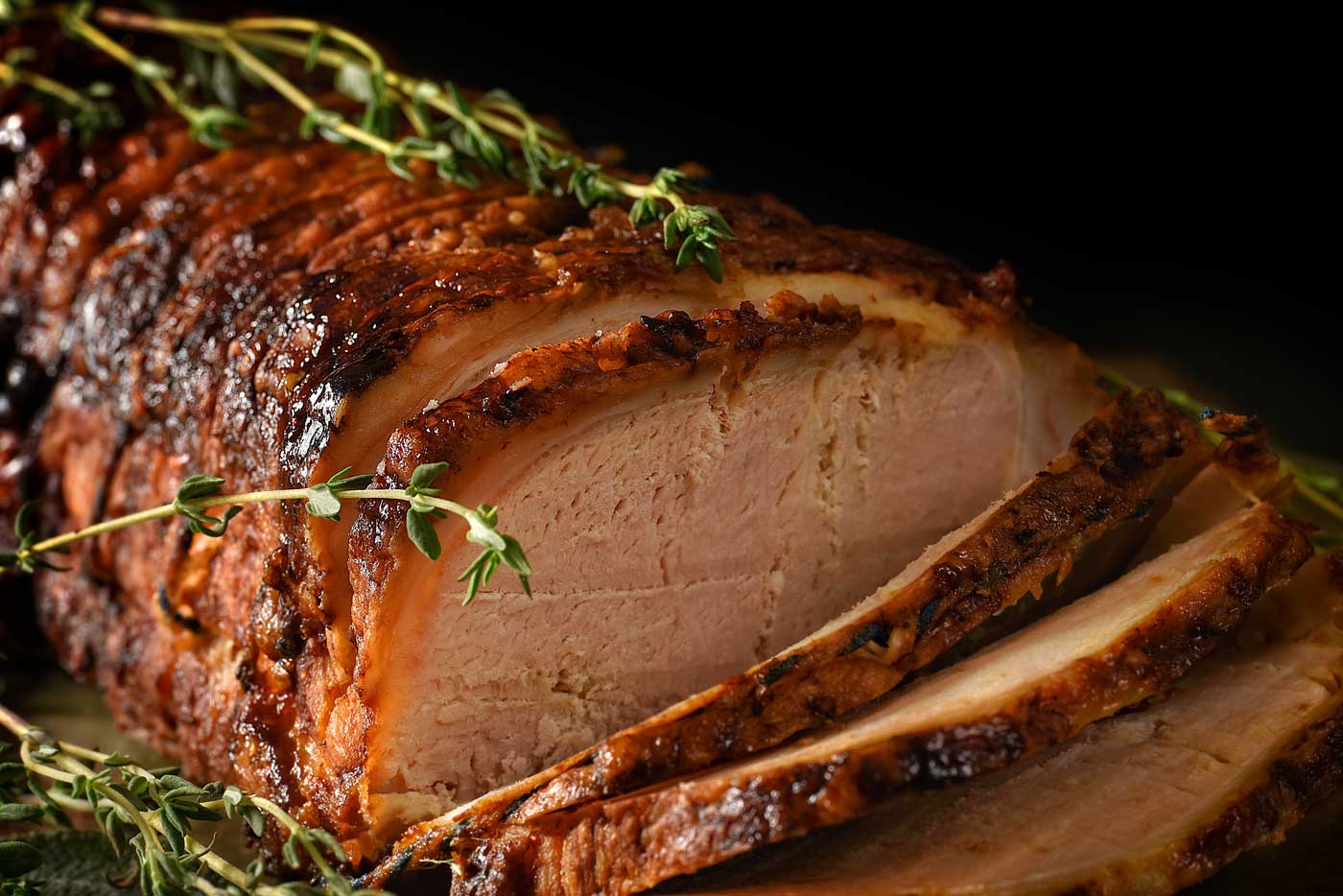
Cooking large pork joints
Pork, like any meat, is guaranteed to be tastier when cooked correctly and not overcooked. Different cuts of pork benefit from different cooking methods. For a large joint, like a pork shoulder, it’s best to cook it slowly on a low heat, which will result in tender pulled pork and is incredibly easy to do.
If you desire a delicious pork roast, topped with a perfect pork crackling, then look no further than our top crackling secrets over at our How To: Perfect Pork Crackling page.
If you’re here to find ideas of what to do with pork, then check out our pulled pork recipes where you can find delicious meals such as sweet and smoky pulled pork or mexican-style pulled pork.
Discover how to cook all types of pork cuts below.
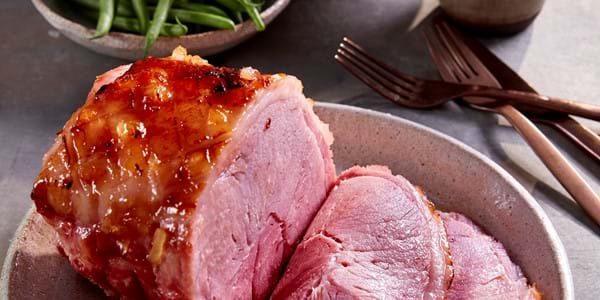
Cooking gammon
If you’re after our recommended methods for boiling and/or roasting gammon, then see our How To: Cook Gammon guide. This is one of our most popular pages on the website and you’ll see just how easy it is to cook delicious gammon.
How to cook gammon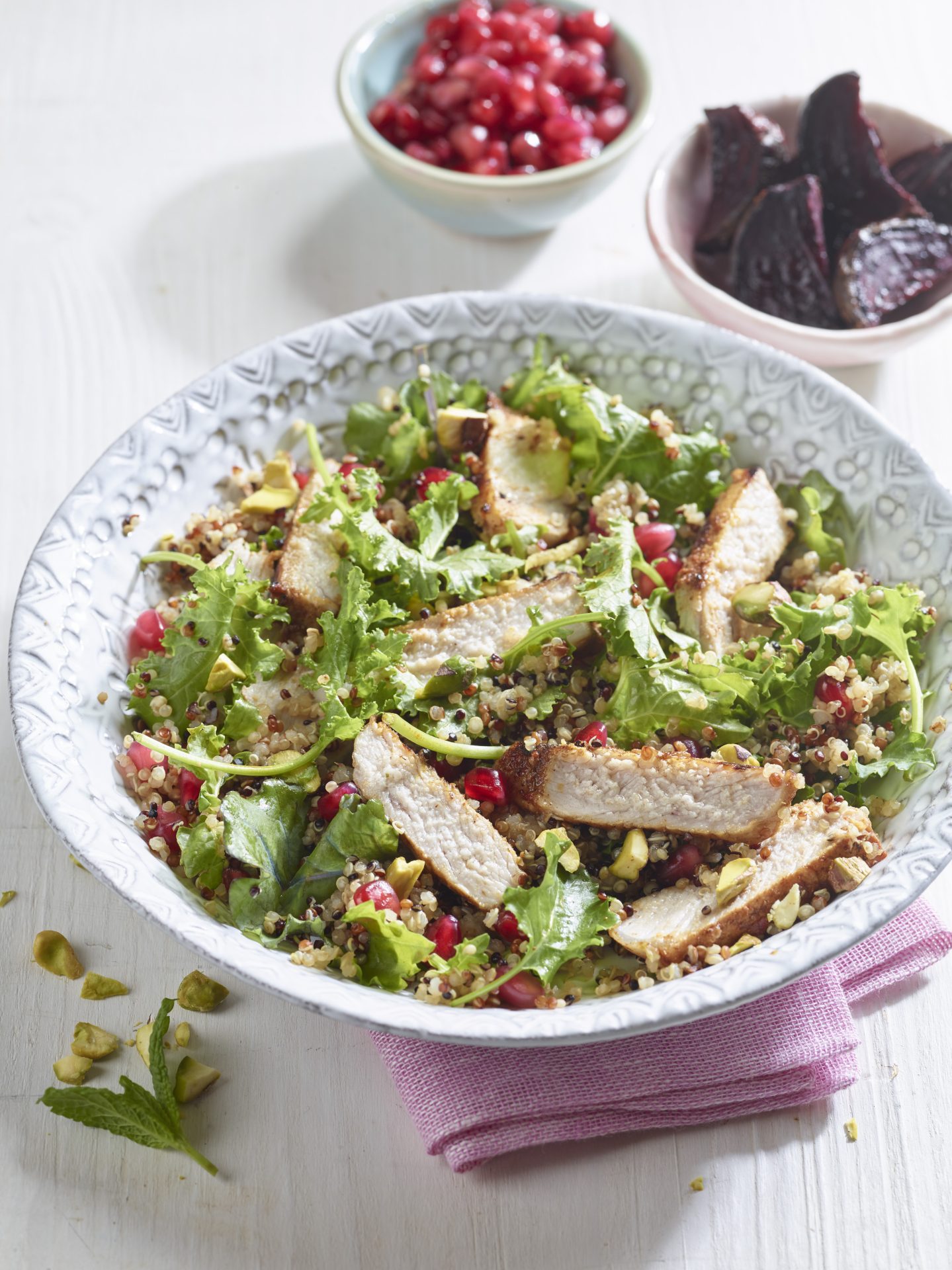
Cooking small pork cuts
Smaller and leaner cuts of pork, like loin and fillet medallions and trimmed loin steaks, benefit from being cooked quickly over a medium heat and are perfect for quick and easy, midweek meals. A top tip to ensure you have succulent pork every time is to pop the pork between plastic wrap or into a plastic food bag and to beat it with a mallet, rolling pin, or the bottom of a pan, before cooking. This will break down the meat fibers to make it more tender and will also ensure a more consistent and even cook.
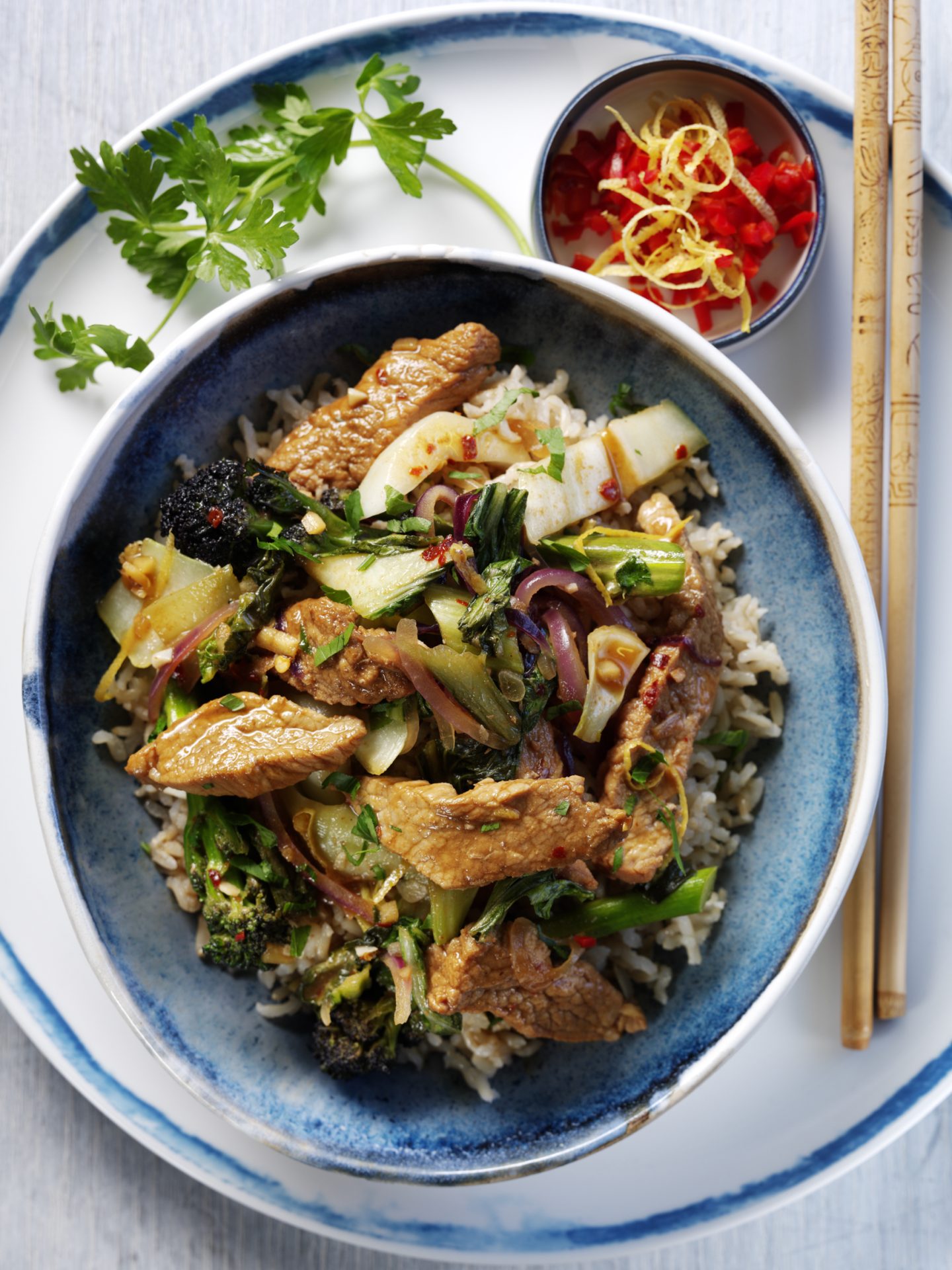
What do marinades do?
A marinade will help the pork be really succulent and flavoursome. Even a quick and easy marinade for 10 minutes while you prep your veg or other ingredients will help. The marinating process helps break down the proteins in the meat fibres and softens the surface, tenderising the meat. If you’re super organised, an over-night marinade will make the pork ultimately juicier and melt-in-the-mouth. Try our Balsamic Pork with Apples recipe to see how delicious a marinade can be!
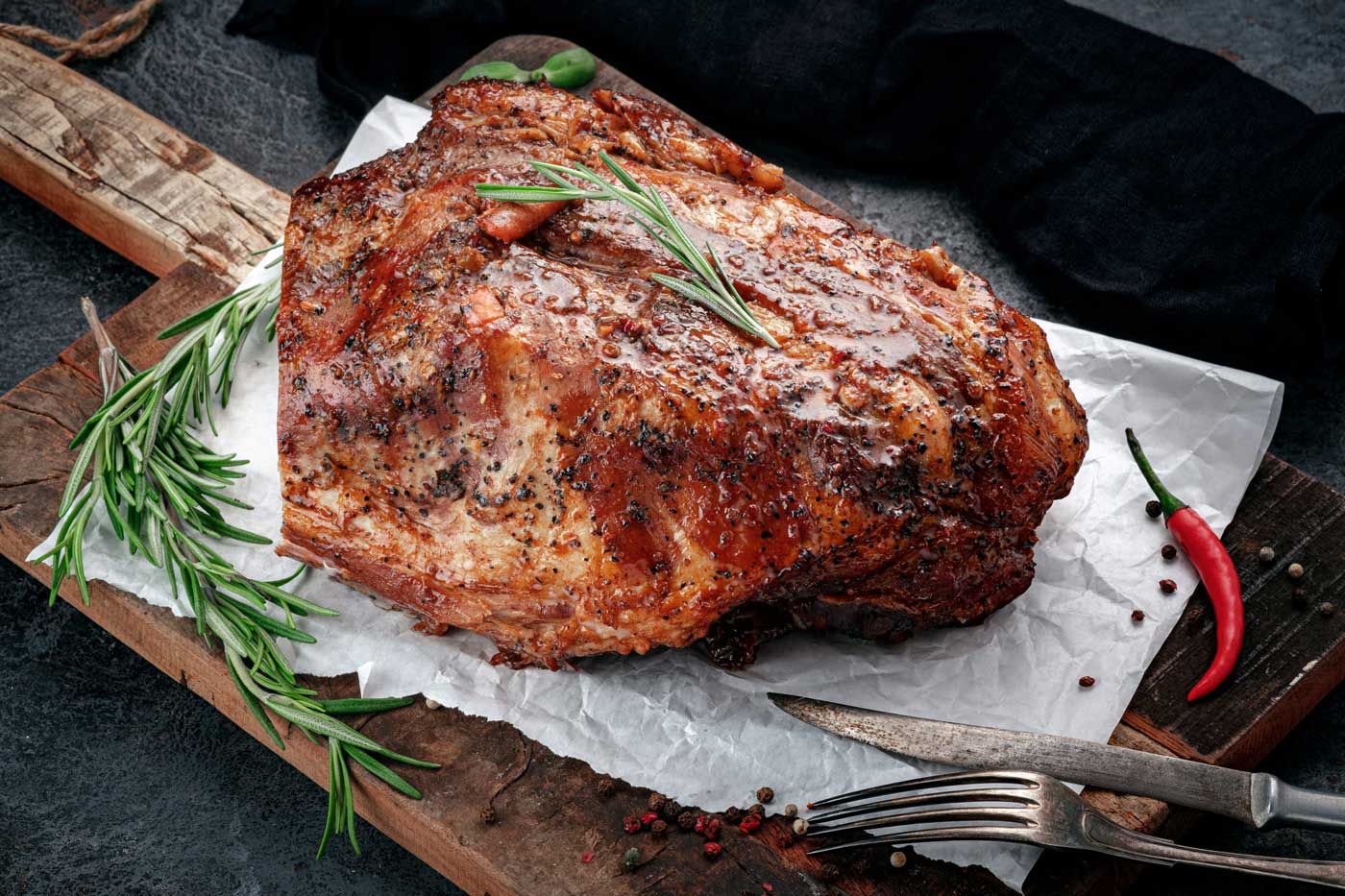
The importance of rest
Pork benefits from a rest time before and after cooking. So ensure it’s at room temperature before you cook it and allow it to rest for around two minutes once removed from the heat – trust us, the proof will be in the pork!
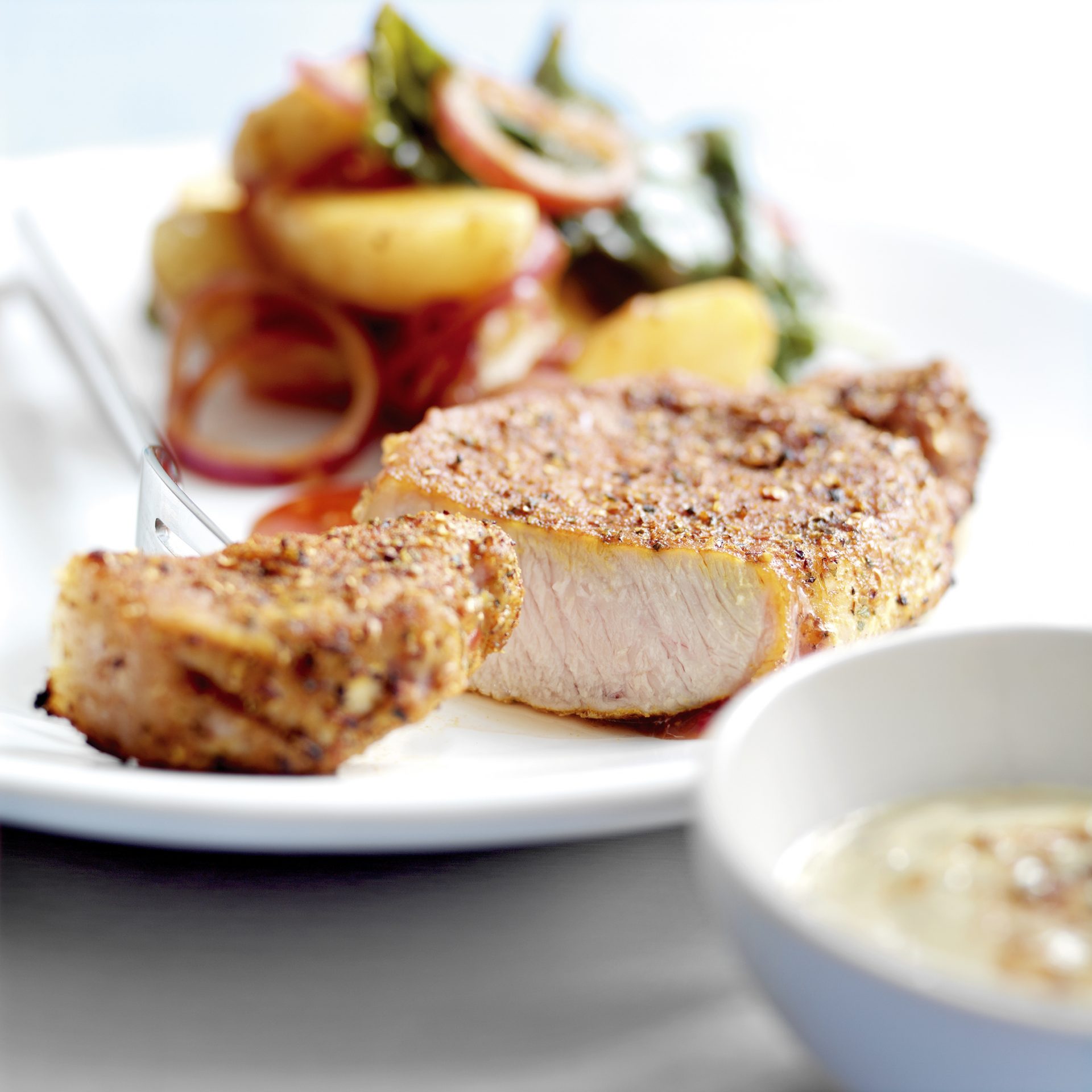
Cooking with pork- FAQs
Got questions about cooking with pork? Wondering which cut is best for a barbecue or how to perfect those juicy pork chops? Explore our Frequently Asked Questions for tips, techniques, and answers to all your pork-related cooking queries!
FAQsEXPLORE OUR RECIPE COLLECTIONS
Discover our collections of recipes for all occasions, seasons and your favourite pork cuts here.
Recipe collectionsDISCOVER PORK
View the range of versatile cuts and cooking techniques for delicious pork.
Discover PorkWHAT WE DO HERE AT LOVE PORK
Sharing quick & easy pork recipe inspiration & cooking advice.
What we do